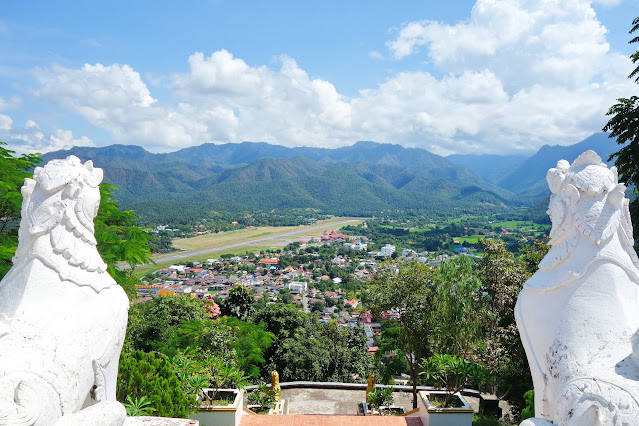Pang Ung 8 Reasons Why This Is the Dream Destination in Mae Hong Son
Discover why Pang Ung is a must-visit paradise for nature lovers, adventurers, and those seeking a peaceful escape in Northern Thailand.
Often referred to as the "Switzerland of Thailand," Pang Ung is one of the most breathtaking destinations in Mae Hong Son Province. This serene mountain retreat offers misty mornings, shimmering waters, and lush pine forests, making it a dreamlike escape. Whether you’re looking for adventure, relaxation, or cultural immersion, here are eight reasons why Pang Ung should be on your travel list.
1. Misty Mornings Over the Lake
One of the most iconic scenes at Pang Ung is the sight of early morning mist rolling over the still lake. As the sun rises, golden light reflects off the mist, creating a surreal and magical atmosphere. This is the perfect moment to capture stunning photographs or simply take in the beauty of nature.
2. Relaxing Bamboo Rafting Experience
A bamboo raft ride across the calm waters of Pang Ung is a must-do activity. As you drift through the mist, you may spot black and white swans, which were a gift from Her Majesty Queen Sirikit. The gentle movement of the raft and the serene surroundings make this a truly peaceful experience.
3. A Perfect Winter Destination
The best time to visit Pang Ung is from November to February, when the weather is cool, and the mist is at its most enchanting. During this season, the landscape is lush, and the temperatures drop significantly at night, making it the perfect winter getaway in Mae Hong Son Thailand.
4. Immersive Local Culture
Home to the Shan and Thai Yai communities, Pang Ung provides a chance to experience a rich cultural heritage. The locals welcome visitors with warm hospitality, and you can explore traditional villages, learn about their way of life, and even participate in local festivals.
5. Scenic Hiking Trails
For those who love trekking, Pang Oung offers beautiful hiking trails that lead through pine forests, along the lake, and up to stunning viewpoints. The fresh mountain air and panoramic views make these trails ideal for both beginner and experienced hikers.
6. Cozy Accommodations and Camping Options
Visitors can choose between camping by the lake or staying in comfortable homestays. Tent rentals are available for 225 THB per night, with a small 30 THB fee per person for camping space. Homestay prices range from 500–1,500 THB per night, offering an authentic and cozy experience with local hosts.
7. Delicious Local Cuisine
A trip to Pang Oung wouldn’t be complete without tasting Shan-style cuisine. Enjoy delicious Shan noodles, grilled meats, and freshly brewed Ban Rak Thai tea, which is sourced from the nearby village. Local markets and small restaurants offer a taste of authentic Northern Thai flavors.
8. Nearby Attractions to Explore
Make the most of your trip by visiting nearby destinations such as Ban Rak Thai, a charming Yunnanese village famous for its tea plantations and clay houses. Another highlight is Namtok Pha Suea - Tham Pla National Park, where you can discover stunning waterfalls and caves.
How to Get to Pang Ung
The best way to reach Pang Ung is by private vehicle. The journey from Muang Mae Hong Son takes approximately two hours via scenic mountain roads. If you're exploring the region as part of a Mae Hong Son Tour Package, Pang Ung can be a key stop on your route, whether coming from Pai, Mae Sariang, or Doi Inthanon National Park.


































